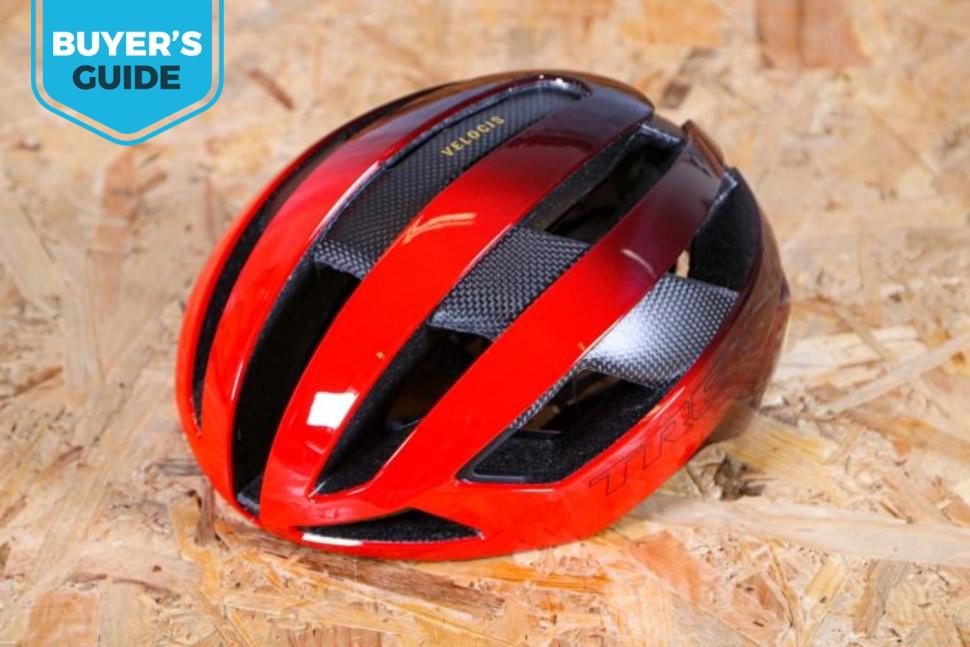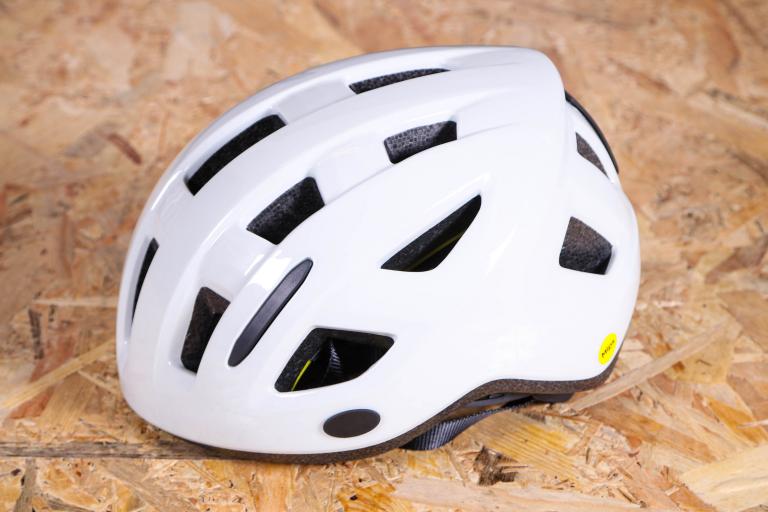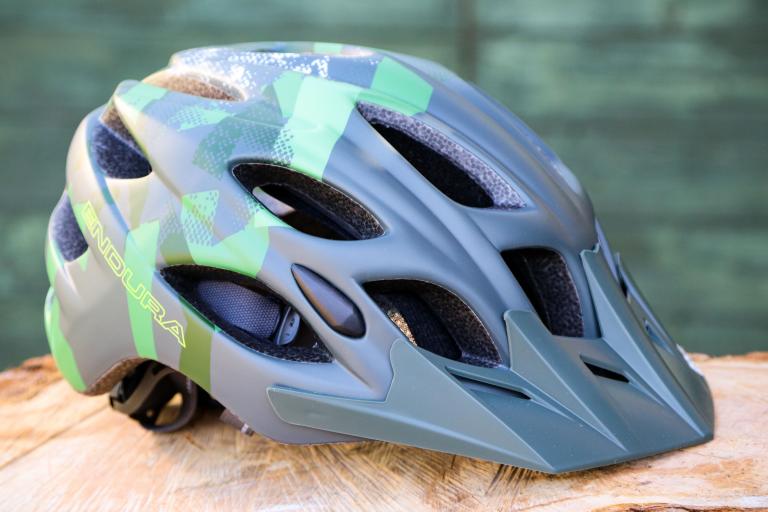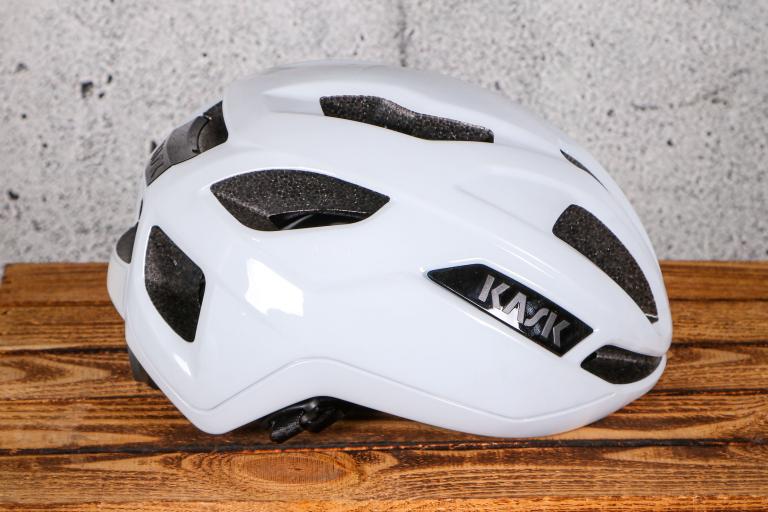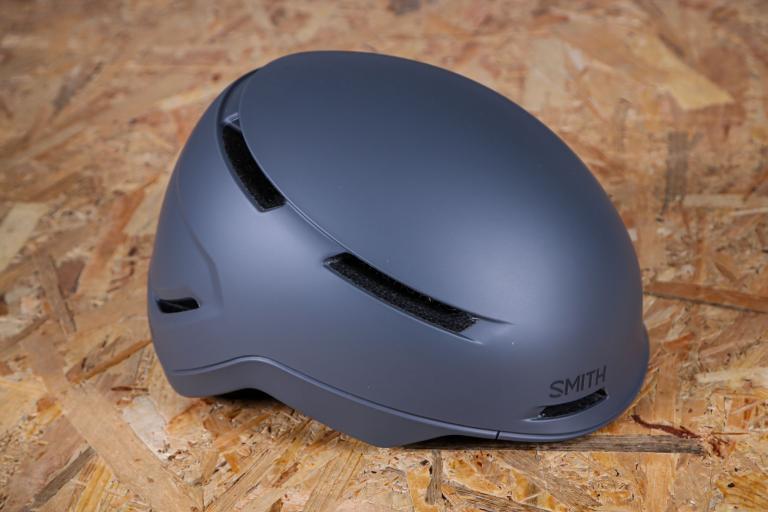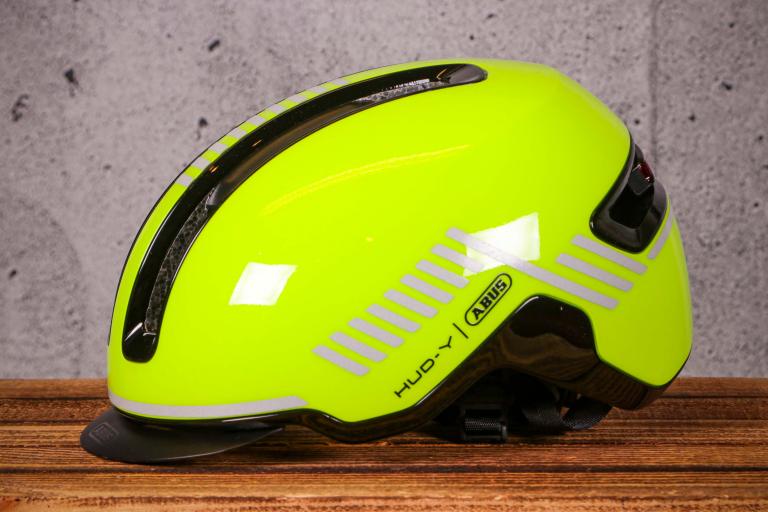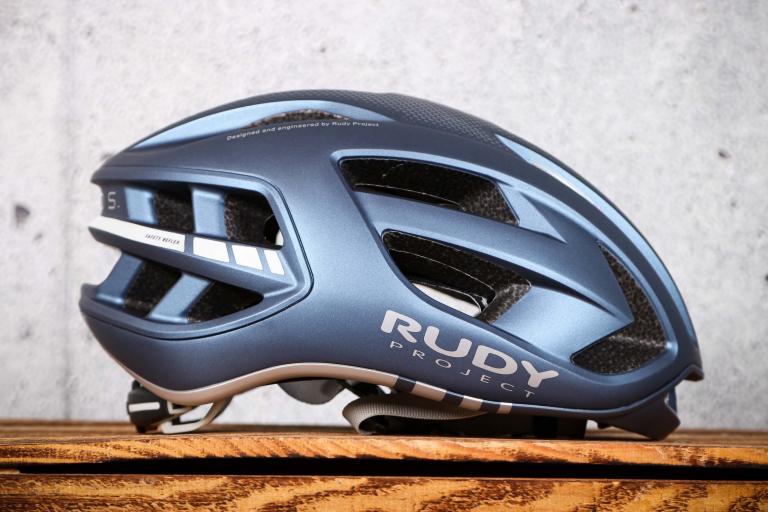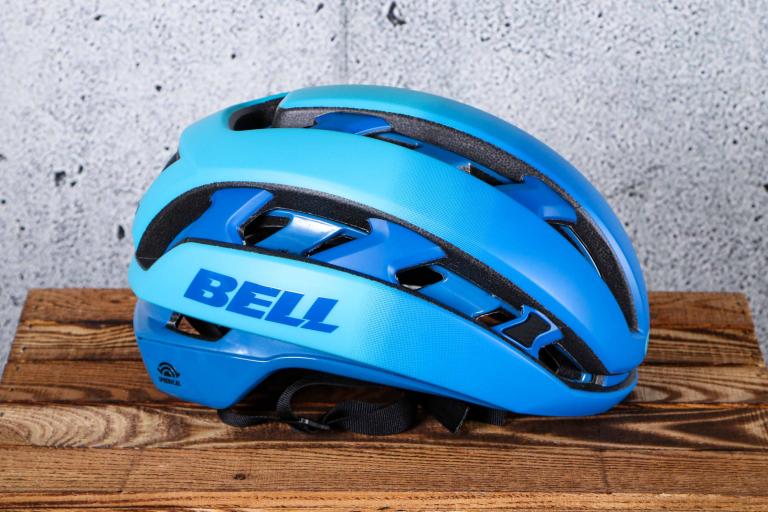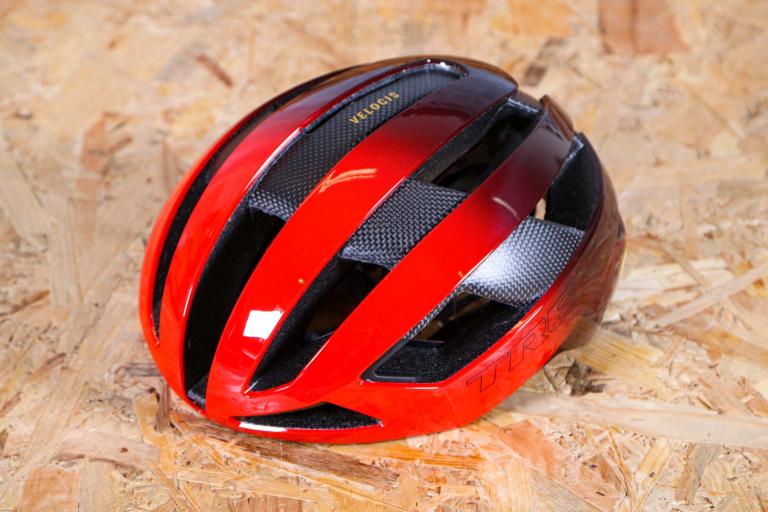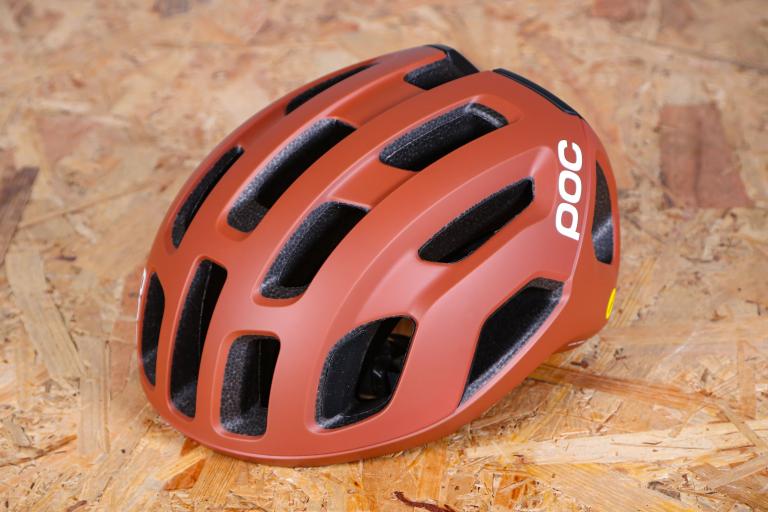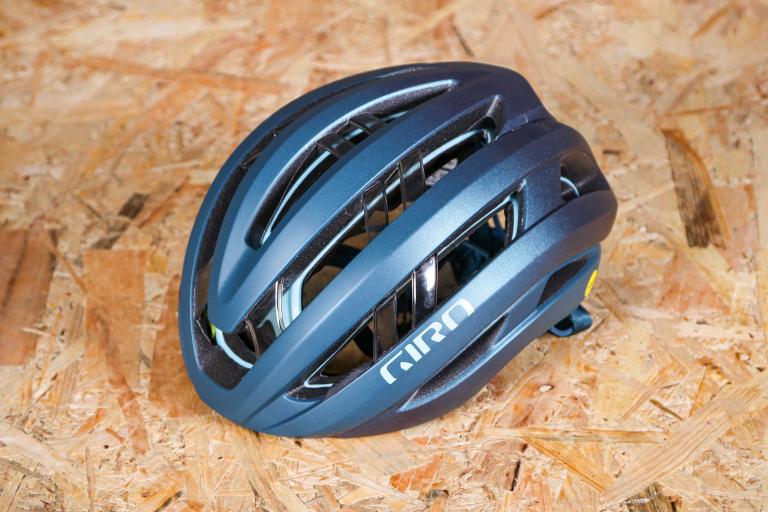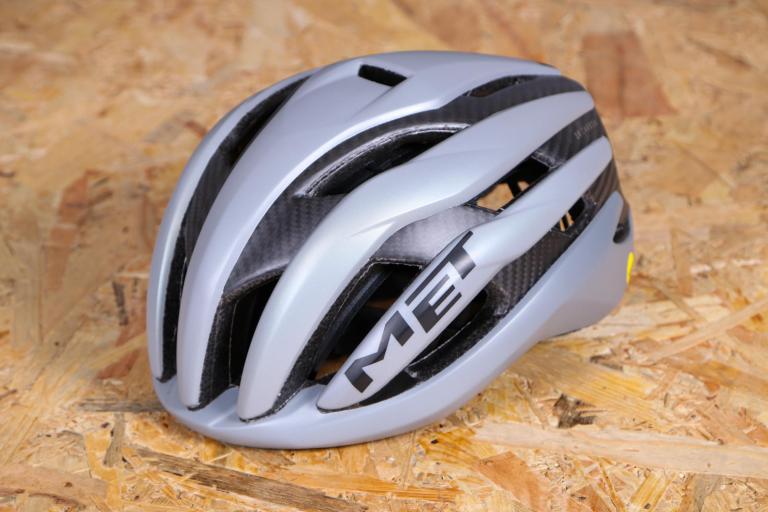By providing a shock-absorbing layer of crushable material around your head, a cycling helmet is intended to reduce the damage if you are unfortunate enough to come off your bike and hit your head. Cycling helmets have come a long way in weight, fit and ventilation since the heavy brain buckets and leather hairnets of yesteryear, and we've racked up tens of thousands of miles in a huge range of lids to bring you a list of the best cycling helmets you can buy.

Best budget cycling helmet: Specialized Align II helmet

Best womens cycling helmet: Liv Relay MIPS Helmet

Best budget urban cycling helmet: Endura Hummvee Helmet

Best cycling helmet under £100: Kask Sintesi helmet

Best cycling helmet for commuting: Smith Dispatch Helmet

Best commuter cycling helmet with bonus safety features: Abus Hud-Y

Best urban cycling helmet under £100: Met Mobilite MIPS Helmet

Best cycling helmet under £200: Rudy Project Egos helmet

Best cycling helmet with Spherical technology: Bell XR Spherical Road Helmet

Best aero cycling helmet: Met Manta Mips Aero Road helmet

Best cycling helmet for its good looks: Trek Velocis Mips Road Bike Helmet

Best helmet combining aerodynamics and ventilation: Poc Ventral Air Mips

Best do-it-all cycling helmet: Kask Protone Icon helmet

Best winter cycling helmet: Kask Wasabi helmet

Best money-no-object cycling helmet: Giro Aries Spherical Helmet

Another great high-end helmet: Met Trenta 3K Carbon Mips
A cycling helmet holds a layer of shock-absorbing material against your head, often in the form of expanded polystyrene (EPS), which means in theory, the force transmitted to your head if you crash is reduced. Strategically placed vents facilitate airflow to prevent overheating, while internal channels allow air to circulate and produce comedy helmet hair.
To increase the chances of your helmet being effective, it's important that it has a snug fit. Most modern helmets offer convenient dial adjusters at the back and chin straps to make this easier. Most helmets also come in sizes, usually expressed in centimetres or sizes small, medium, large and so on. Not everyone will be familiar with the circumference of their head and sizing can vary between brands, so we'd always recommend trying before you buy.
In general, the more you pay, the lighter a helmet is. Manufacturers use built-in reinforcing skeletons and lightweight components to reduce helmet weight, inevitably increasing the cost. The best aero helmets will also have aerodynamics considered, and may have even spent time in a wind tunnel to optimise your bonce for cheating the wind. Again, research and development that goes into making a lid more aerodynamic will most likely add to its price tag.
Many of the latest helmets also incorporate Mips (Multi-Directional Impact Protection System) technology, which has arguably set a new standard for head protection. It's a rotational management system designed to help reduce rotational energies otherwise transferred to the head during an impact or crash. There are a few brands with their own systems that are supposed to perform similar jobs, such as Kask's WG11.
All of the helmets featured here scored 4 out of 5 stars or more overall from our reviewers. Our reviews evaluate how a helmet performs in terms of comfort, weight, ventilation, ease of adjustment, price, and all-round wearability. We don't test effectiveness in a crash because we don’t have the resources to conduct independent lab tests and analyses. In our view, what a helmet is like to wear regularly in different riding and weather conditions is valid and useful information to any potential buyer.
With road.cc being a road cycling website as you may have guessed, this guide recommends various types of helmet that you would consider wearing on the road (and perhaps off it), whether that's for commuting, training, road racing or general riding for fun. If you're into racing and want a helmet with some aero benefits, check out our guide to the best aero helmets for road riding.
